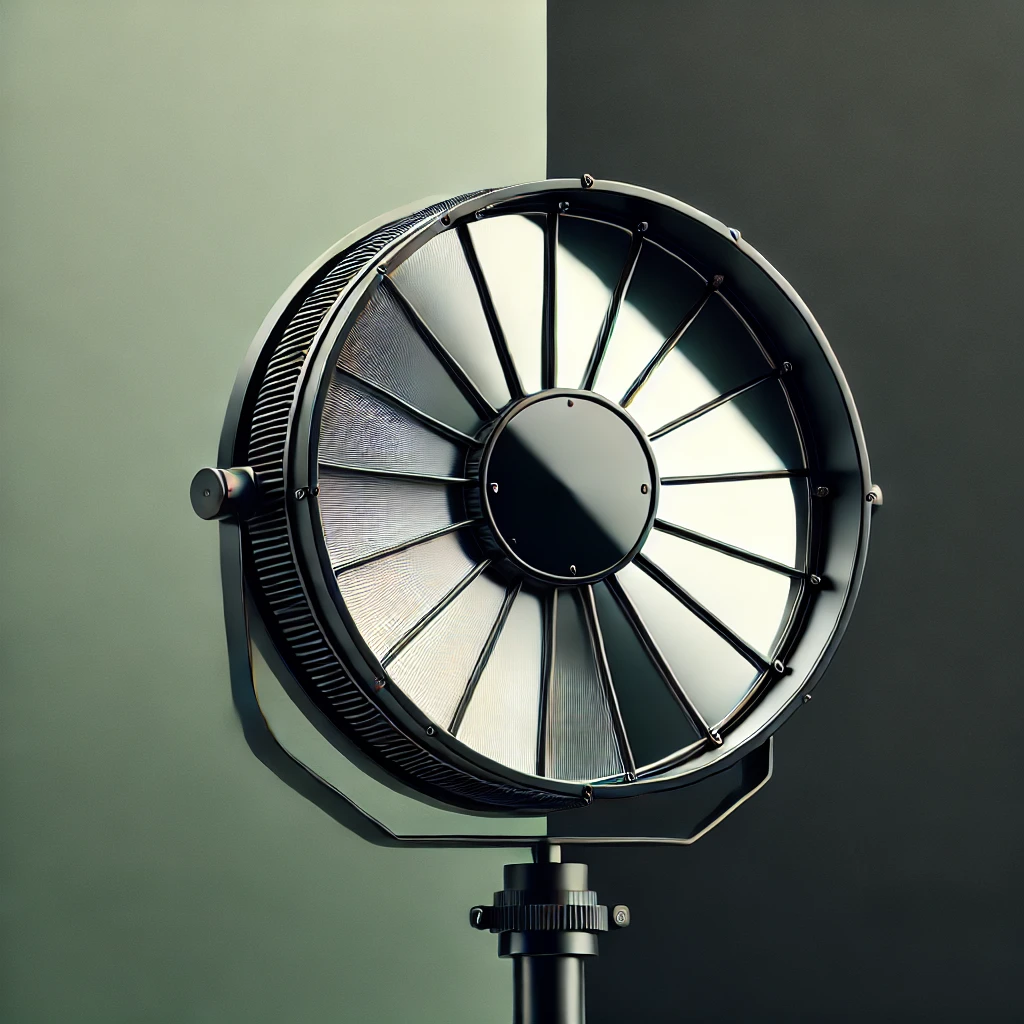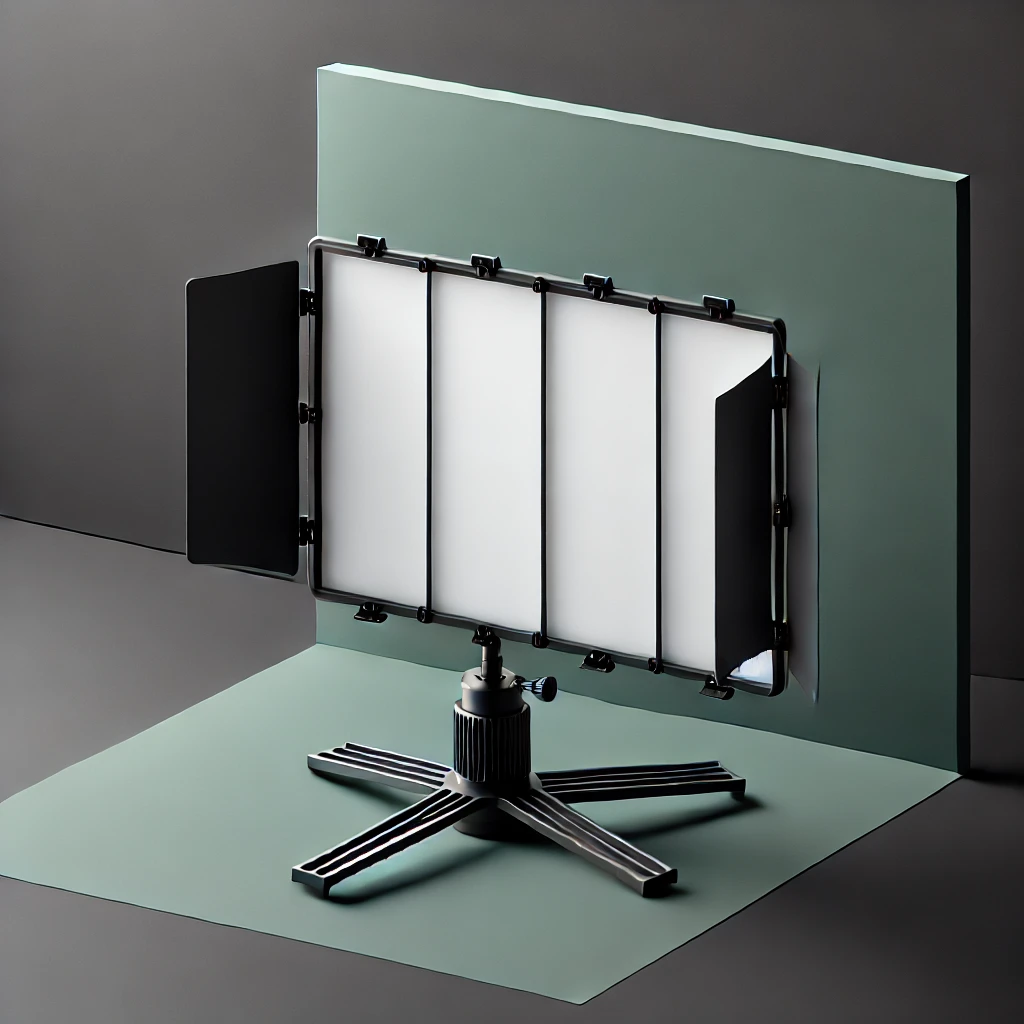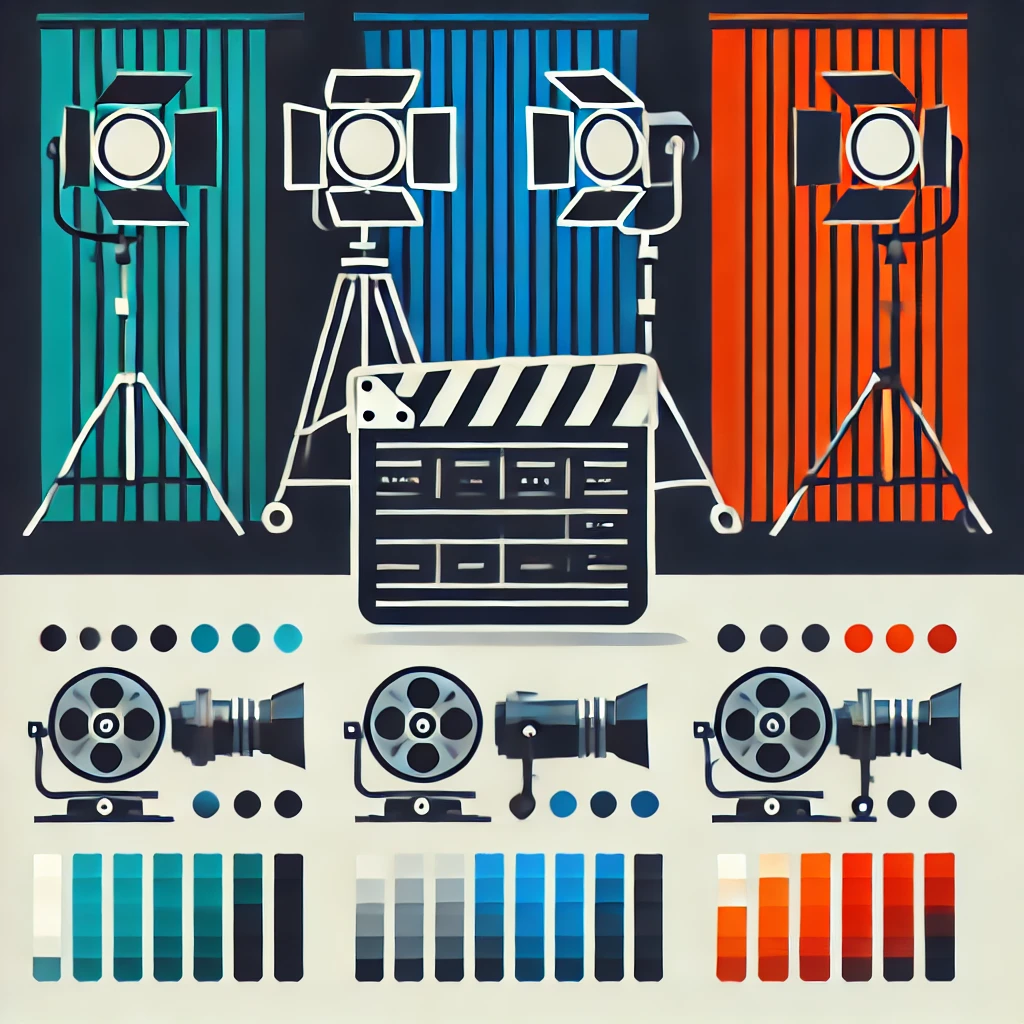Table of Contents
Why Light Modifiers Matter
There’s a difference between lighting a scene and shaping it. That difference often comes down to one thing: light modifiers. In Nollywood, where creative problem-solving is part of the job, knowing how to use reflectors, diffusers, and gels can take your visuals from functional to cinematic.
These tools aren’t just for big-budget sets. They’re portable, affordable, and incredibly effective when used right. If you’ve ever looked at a perfectly lit face or a mood-setting glow and wondered how it was done, chances are a modifier was at play.

Reflectors
Using Reflectors
A reflector takes existing light — from the sun, a bulb, or another light source and bounces it where you need it. It doesn’t create new light. It simply redirects what’s already there. That’s why it’s so valuable on location, especially in outdoor shoots or homes with limited lighting setups.
White reflectors give you a soft, natural fill. They’re perfect when you want to reduce harsh shadows without making the lighting feel fake.
Silver reflectors bounce more intense, cooler light. Great for bringing punch into overcast scenes or adding brightness without artificial color.
Gold reflectors add warmth. They’re ideal for skin tones and for mimicking golden hour when the real sun isn’t cooperating.
Black reflectors do the opposite, they subtract light. Also called negative fill, they’re used to deepen shadows and create contrast in flat lighting situations.
Translucent reflectors can act as diffusers when placed between the light source and subject. They soften light rather than bouncing it, giving you a gentler look on skin and materials.

Diffusers
Using Diffusers
Diffusers scatter light, taking a hard, harsh beam and turning it into something softer and more flattering. That one change can take your footage from amateur to polished.
Silk diffusers are often used in beauty work. They soften light evenly and create a creamy texture across the frame.
Frost diffusers give you something in between, they still soften but maintain a little more direction. Great for when you want soft light with some definition left.
Grid cloths are heavier and let you control where light spreads. If you need soft light that doesn’t spill into the background or across a wall, grid cloth gives you that precision.
These materials work wonders indoors and outdoors. In Nollywood, it’s common to see large translucent fabrics used to tame the midday sun or soften interior lighting setups using portable LEDs or tungsten heads.

GELS
Using Gels
Gels are thin, colored sheets you place in front of lights to change their color. They’re used for two reasons: technical correction and artistic expression.
Correction gels like CTO (Color Temperature Orange) and CTB (Color Temperature Blue) help you balance mixed lighting sources. If your subject is lit by daylight and you’re using a tungsten light as fill, a CTB gel can bring the temperatures into harmony.
Creative gels open up storytelling options. A red or blue wash can evoke tension, moodiness, or stylized dream sequences. Warm amber gels can simulate candlelight. You don’t need many, even a single color gel used well can elevate a scene.
When to Use What
If you’re outdoors in harsh sun, start with a diffuser. Add a reflector for fill — usually white or silver, depending on the vibe. Want to warm up a scene? Use gold. Need to create deeper shadows? Place a black side to block fill.
In studio or interior shoots, use gels to shape color temperature and diffusers to soften your lights. Reflectors can help bounce natural light deeper into the space without relying on more gear.
How They All Work Together
Modifiers are most powerful when combined. For instance, if you’re filming a character near a window, place a diffusion sheet over the window to soften the sunlight. Then bounce that light back into the subject’s face with a white reflector. Add a blue gel on a fill light from the opposite side to simulate the cool shadow side.
This kind of layered lighting, even with minimal gear creates depth, emotion, and cinematic polish. That’s how pros think. It’s not about having more tools, but using what you have with intention.
The Nollywood Advantage
Nigerian filmmakers have always worked with constraints. What’s exciting now is seeing how tools like reflectors, diffusers, and gels are becoming part of the standard toolkit and not just for big-budget shoots but also for documentaries, short films, and social content.
I’ve seen cloth, foil, netting, and even keke napep covers used as modifiers on Nollywood sets. Creativity is king. And once you understand what each tool does, you’ll find ways to achieve the same results even if you’re improvising.
Final Thoughts
Light modifiers let you shape, soften, direct, and color light to serve your story. They don’t have to be fancy. They just have to be understood.
In Nollywood, where speed, pressure, and ingenuity come together daily, knowing how to use reflectors, diffusers, and gels isn’t optional but essential. With just a few pieces of gear and a good eye, you can transform any lighting setup into something that looks intentional and professional.
Learn the tools. Then bend them to your will.














Leave a comment